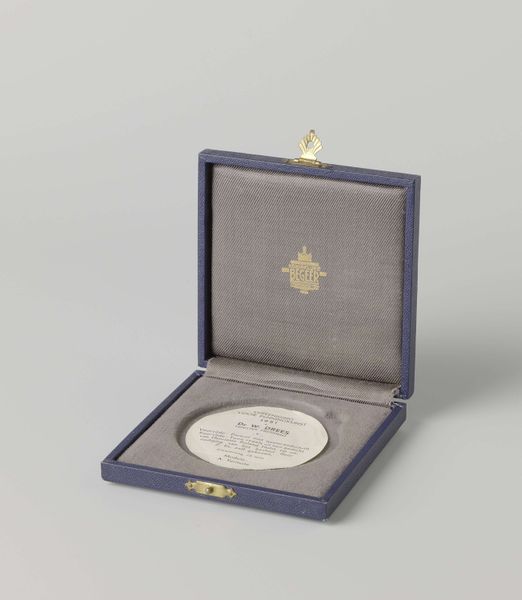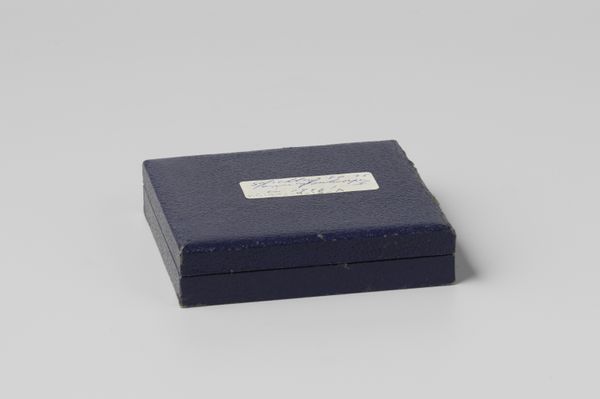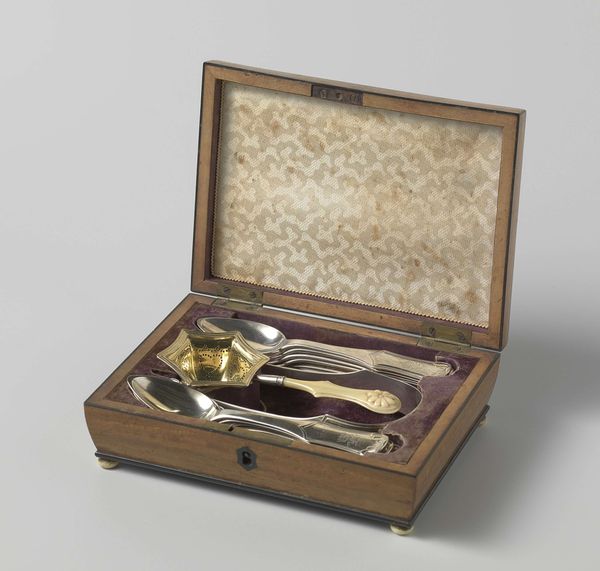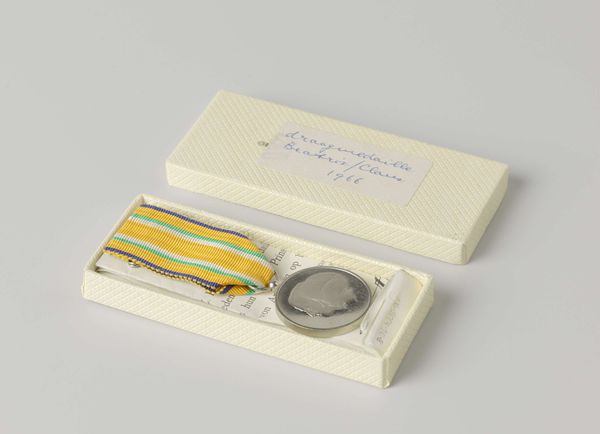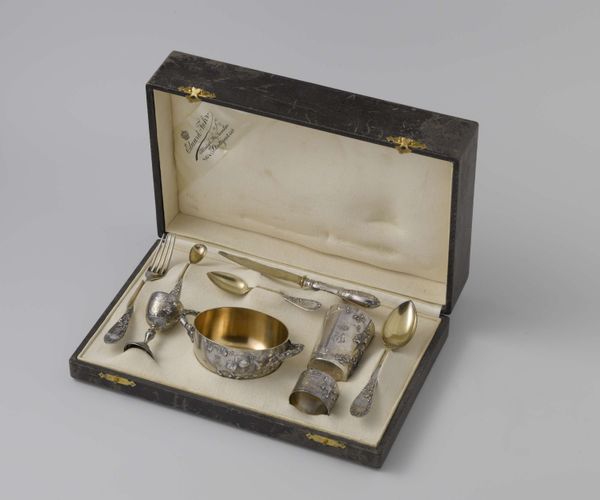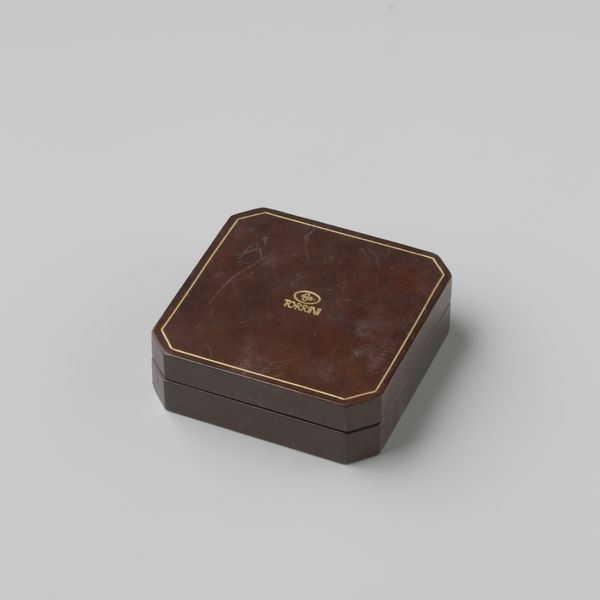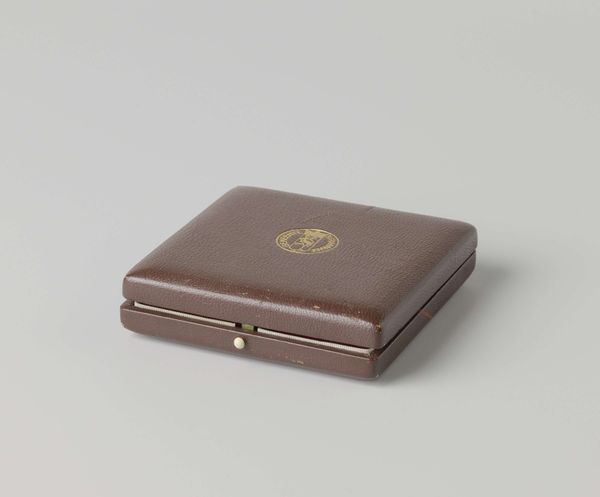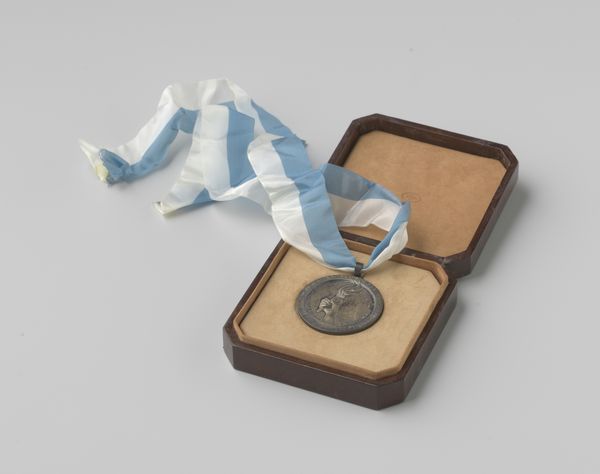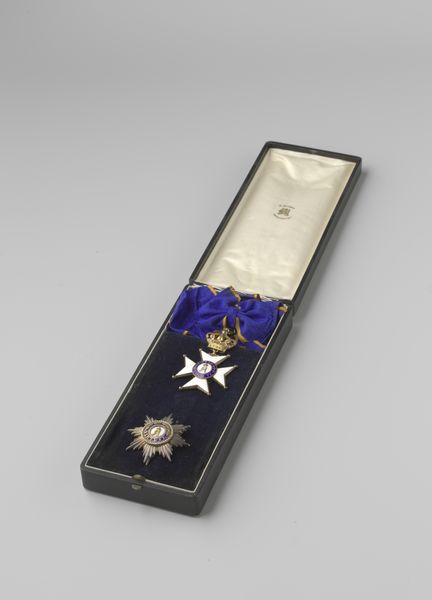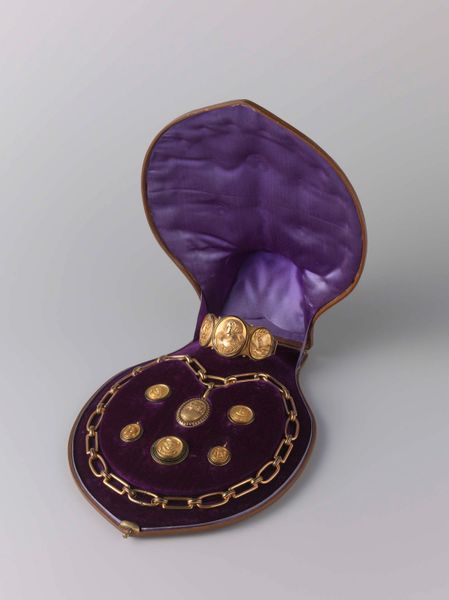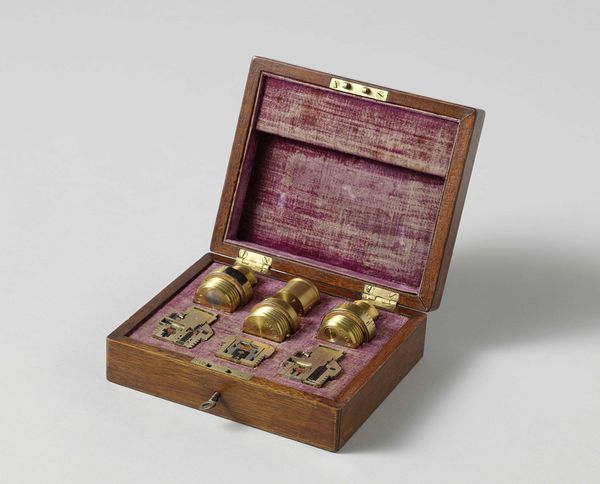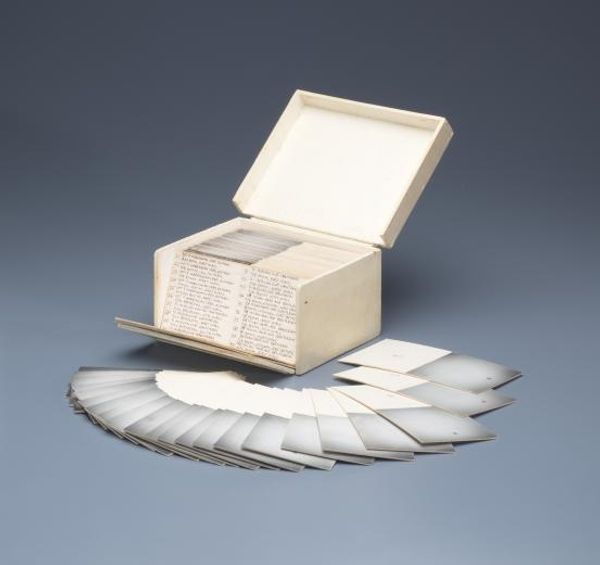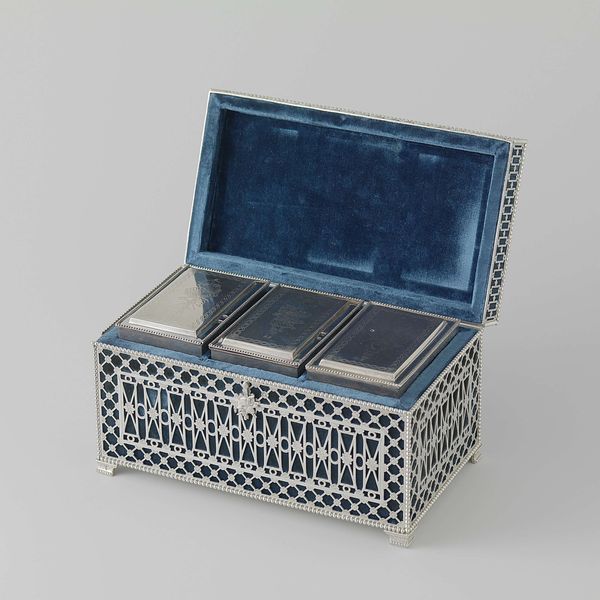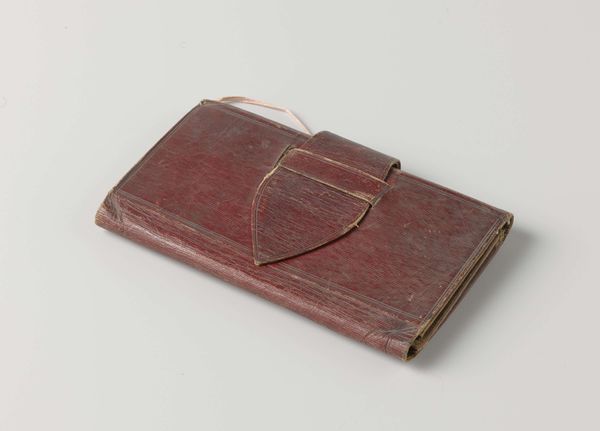
photography
#
still-life
#
photography
Dimensions: length 12 cm, width 9 cm, length 11 cm, width 7 cm, thickness 1.5 cm
Copyright: Rijks Museum: Open Domain
Curator: Let’s take a closer look at this photograph, "Visiteboekje en notitieboekje van ivoor," or Visiting book and notebook of ivory, made before 1872, by Fa. As. Bonebakker en Zoon. Editor: Well, first impression: that's pristine. Like stepping back into a very particular era, where everything has its place. The sharp corners of the box contrasting with the rounded notebook are oddly satisfying. Curator: Considering Bonebakker's work within the framework of luxury goods production, this object presents an interesting question: Who were the consumers of these ivory notebooks, and what role did they play in reinforcing social hierarchies? Editor: It does feel exclusionary. You can imagine the delicate hands that would have held that. I'm curious about the ivory itself. Where was it sourced, and at what cost, both environmentally and socially? Curator: The extraction and trade of ivory, as we know, were deeply entwined with colonialism and exploitation. Its appeal was undoubtedly its rarity and the skill needed to craft objects such as these, signifying wealth and power for the owner. It becomes this marker of refined taste inextricably tied to an extremely violent system. Editor: And think of the implications for the artisans involved in its manufacture. Were they fairly compensated for their labor, or were they just another cog in the system? These weren't merely passive receivers of material but active agents involved in the making. It feels so relevant to today's ethical sourcing debates. Curator: Exactly, the material speaks volumes about power dynamics of the period and provides insight into class structure. These objects represent access and privilege and open dialogue on who controls material use. Editor: It leaves me contemplating the notebook’s original use, it whispers tales of lives lived, of a social scene steeped in ritual. This object encapsulates how art can act as a lens through which we see social realities. Curator: For me, it highlights how closely the history of art is interwoven with that of manufacturing, labor, and capital, and the responsibilities that come with enjoying the craft. Editor: Indeed. Something seemingly innocent becomes a stark reminder of histories we can't ignore.
Comments
No comments
Be the first to comment and join the conversation on the ultimate creative platform.
